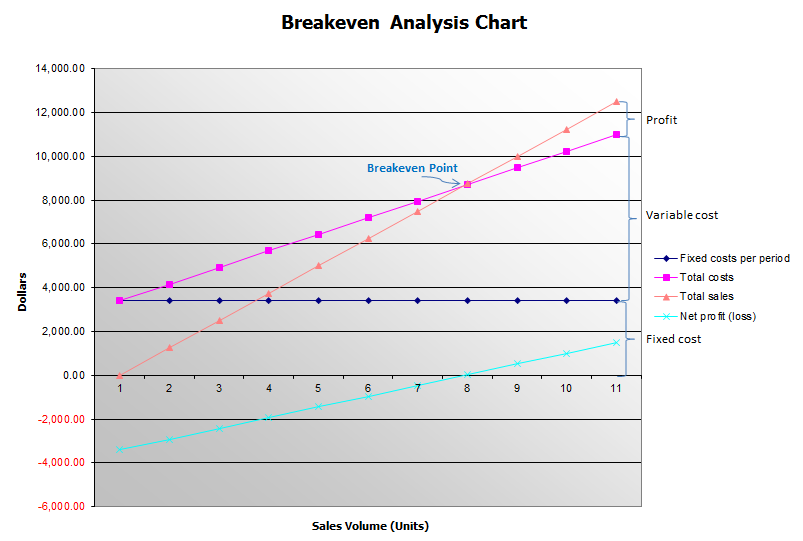Absorption cost takes account of
all costs and
allocates them to
individual products or
cost centers.
Direct or variable costs
Some costs relate
directly to a product and this is quite straightforward in principle, although very
detailed record-keeping may be necessary.
Among the costs that can be
entirely allocated to individual products are
- direct wages and associated employment costs,
- materials and bought-in components.
Indirect costs
Other costs
do not relate to just one product and these must be
allocated according to a fair formula.
These
indirect costs must be
absorbed by each product.
There is
not a single correct method of allocating overhead costs to individual products and it is
sometimes right to allocate different costs in different ways.
The aim should be to
achieve fairness in each individual case.
Among the costs that
cannot be entirely allocated to individual products are
- indirect wages (cleaners, maintenance staff, etc.),
- wages of staff such as salesmen and accountants, and
- general overheads such as rent and business rates.
Take care to allocate non-direct costs fairly
Great care must be taken in
deciding the best way to allocate the
non-direct costs.
There are
many different ways.
The following two are common methods:
- Production hours
- Machine hours
Common Methods for allocating non-direct costs fairly
1. Production hours
The overhead costs are apportioned according to the direct production hours charged to each product or cost center.
For example:
Consider a company with just two products.
Product A having 5,000 hours charged and Product B having 10,000 hours charged.
If the overhead is $60,000. Product A will absorb $20,000 and Product B will absorb $40,000.
2. Machine hours
The principle is the same bt the overhead is allocated according to the number of hours that the machinery has been running.
For example:
Consider a company that manufactures three types of jam.
Its overhead costs in January are $18,000 and it allocates them in the proportion of direct labour costs.
January Cost Statement
Strawberry Raspberry Apricot Total
Jars produced 26,000 60,000 87,000 173,000
$ $ $ $
Costs
Direct labour 2,000 4,000 6,000 12,000
Ingredients 6,000 11,000 17,000 34,000
Other direct costs 2,000 3,000 6,000 11,000
Total Direct Costs 10,000 18,000 29,000 57,000
Overhead allocation 3,000 6,000 9,000 18,000
Total Cost 13,000 24,000 38,000 75,000
Cost per jar 50 sen 40 sen 43.7 sen 43.4 sen
In the above, the direct labour is smaller than the overhead cost that is being allocated.
The trend in modern manufacturing is for direct costs and particularly direct labour costs, to reduce as a proportion of the total costs.
If the overheads had been allocated in a different way, perhaps on floor area utilized, then the result would almost certainly not have been the same.
This increases the importance of choosing the fairest method of apportionment

